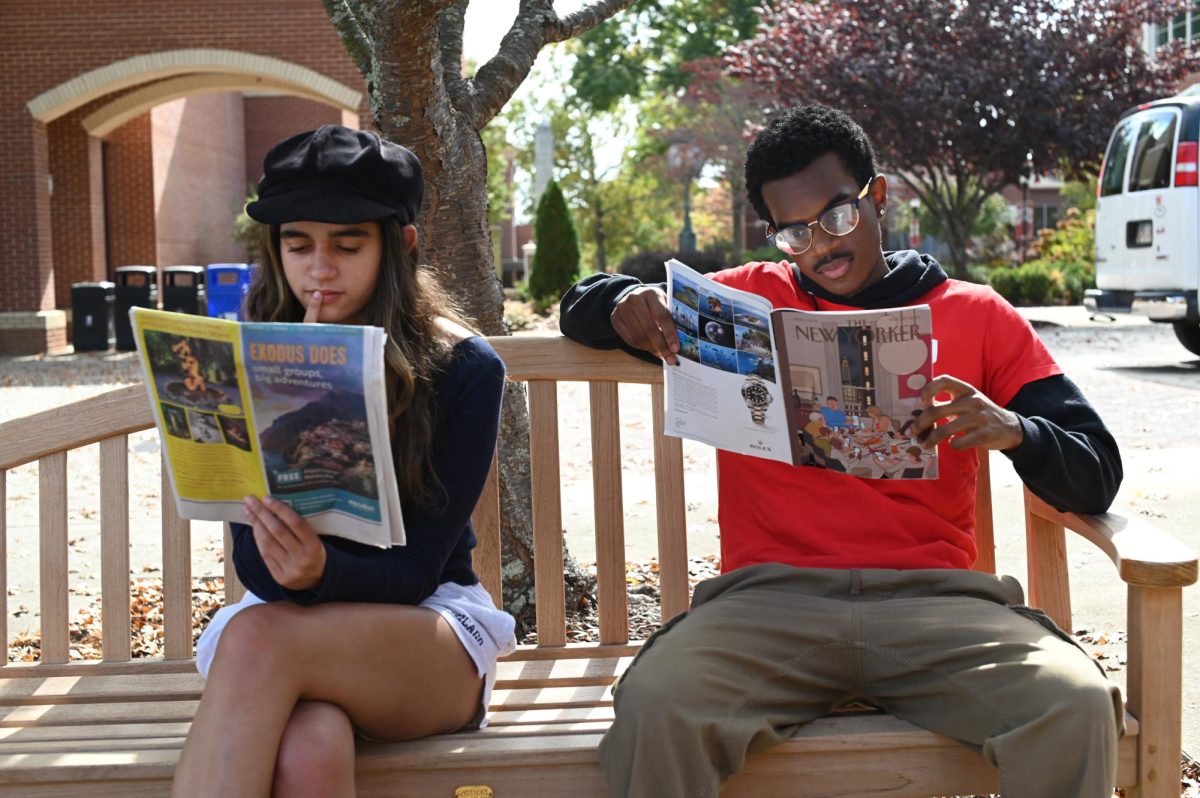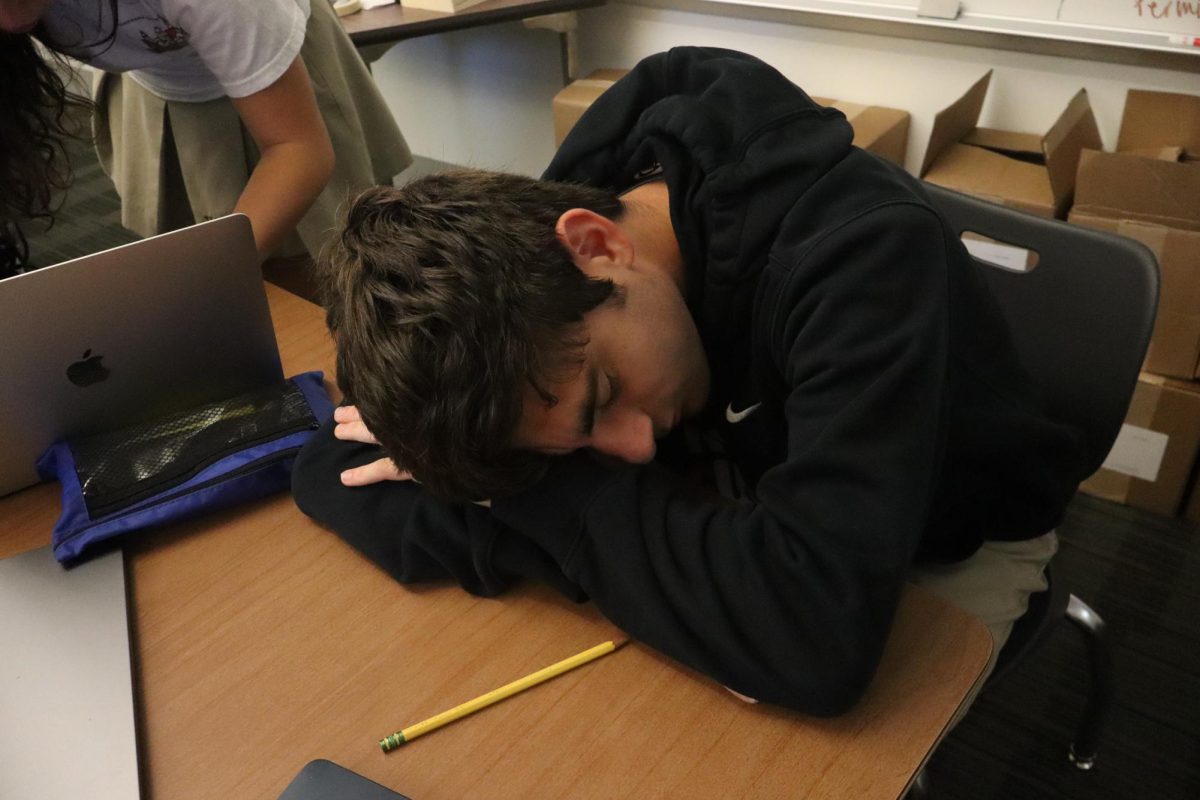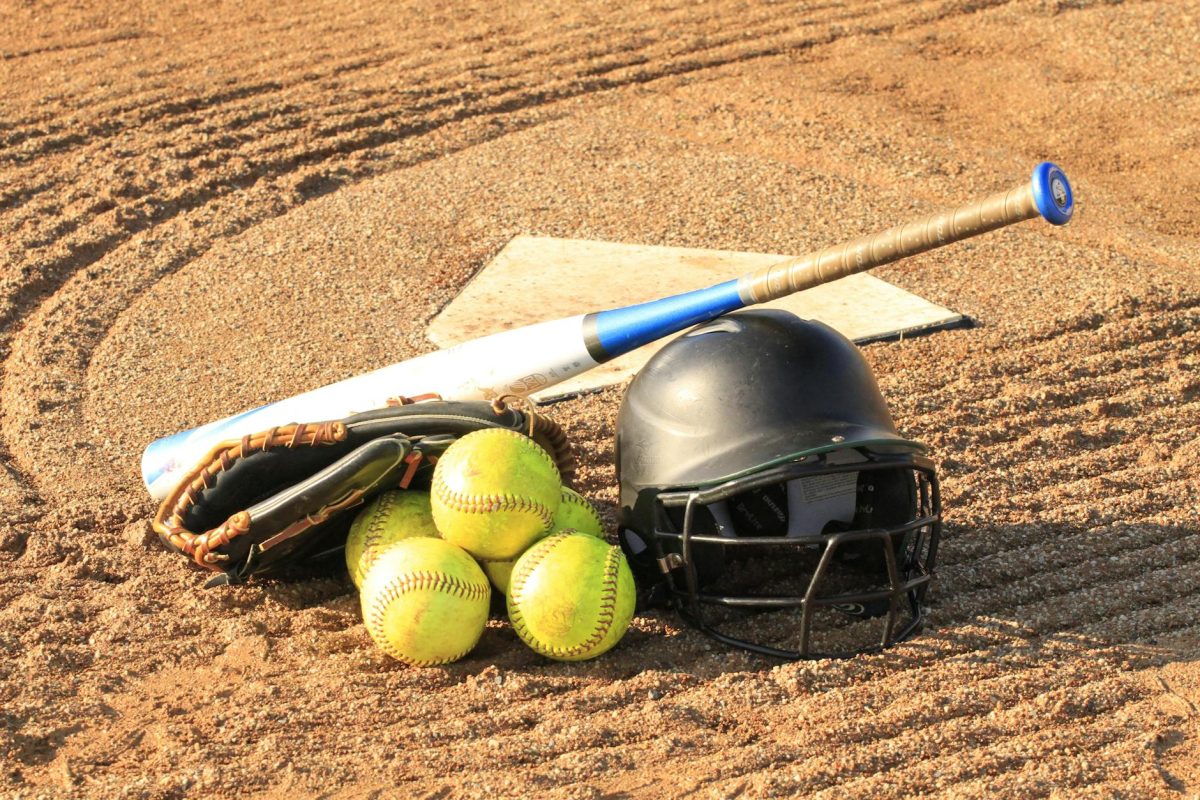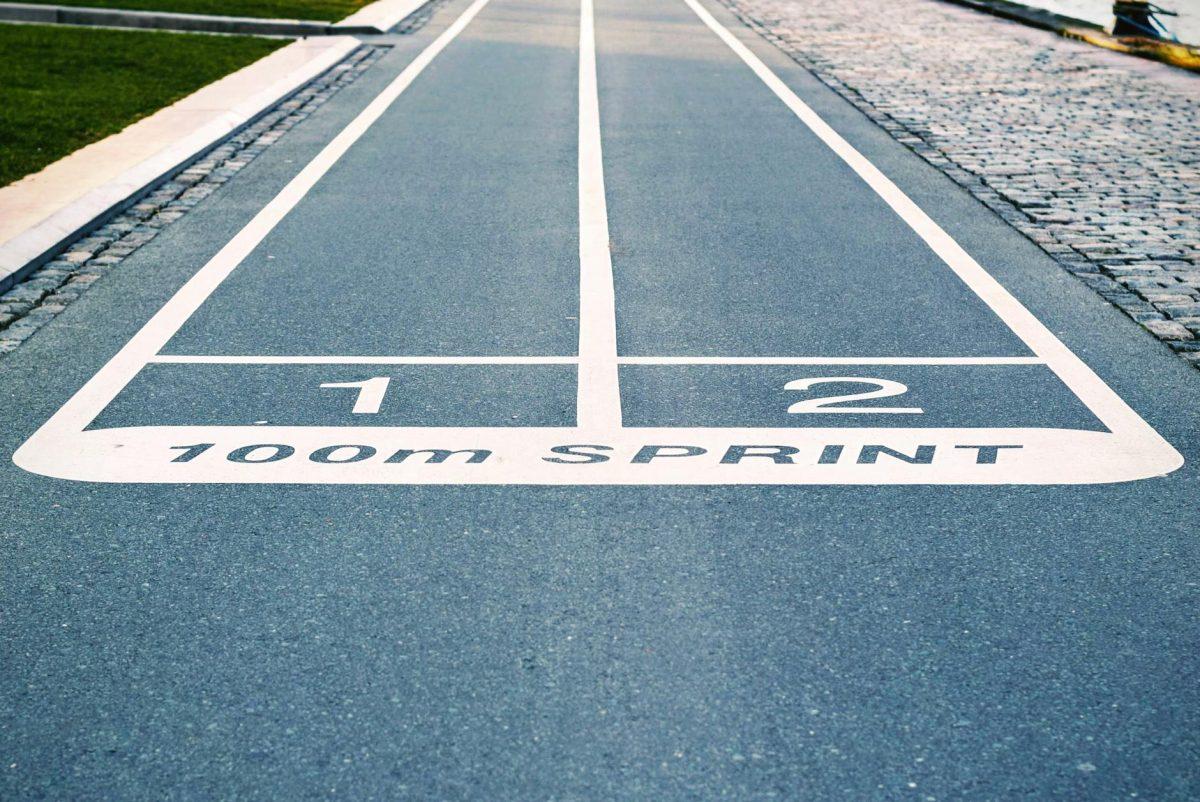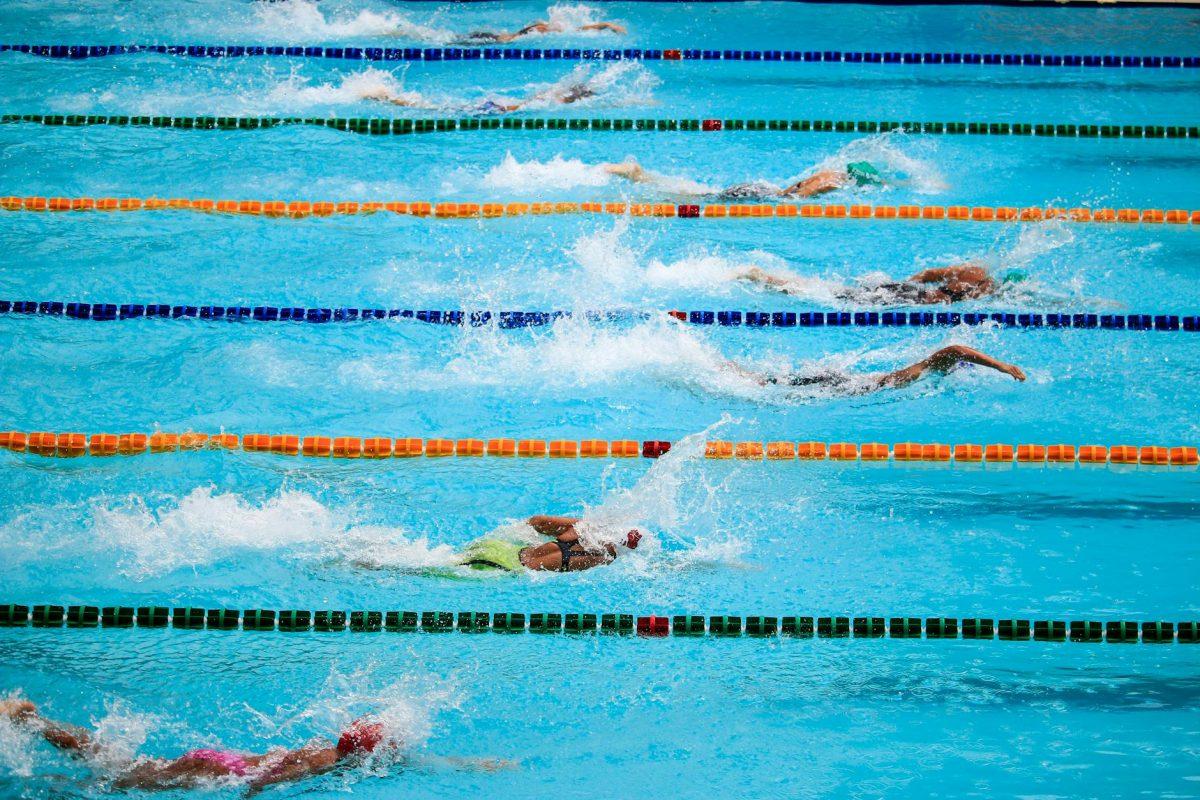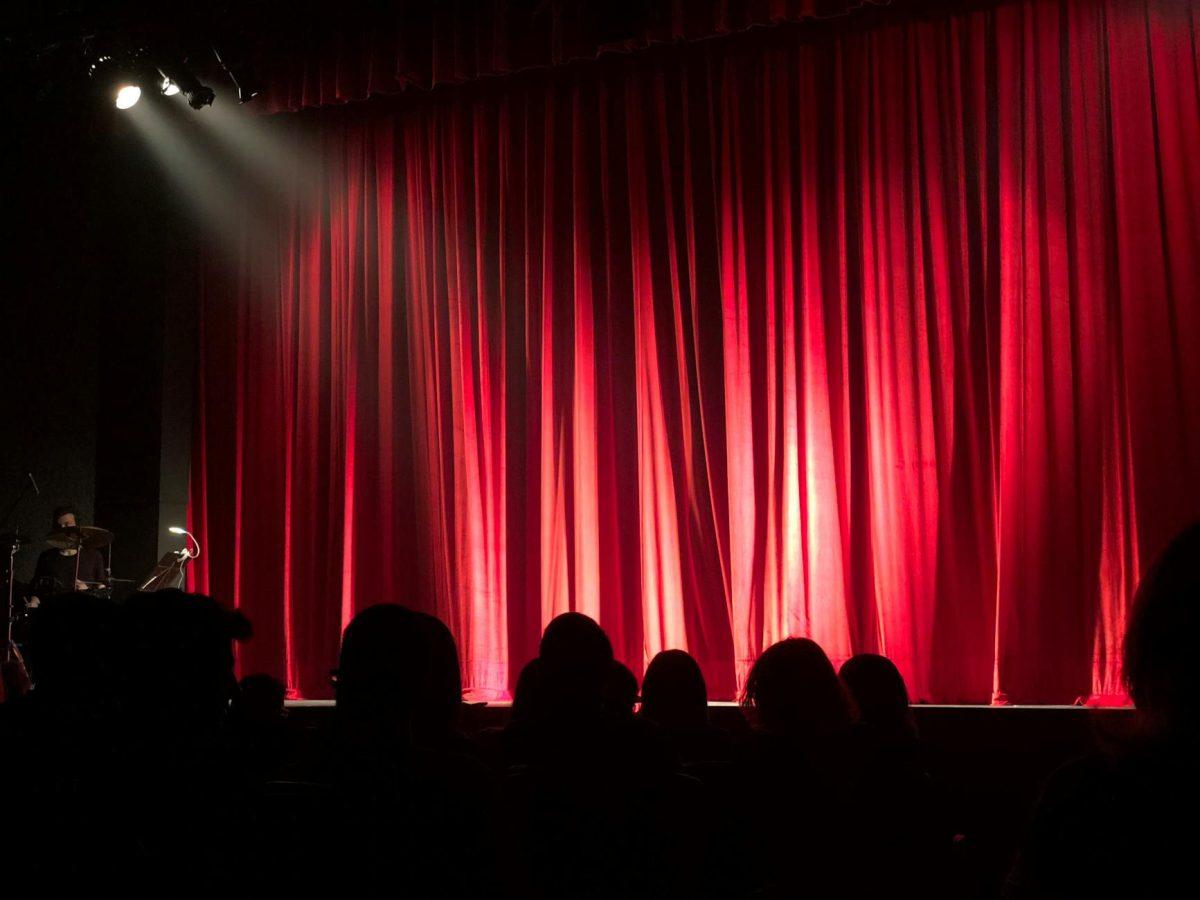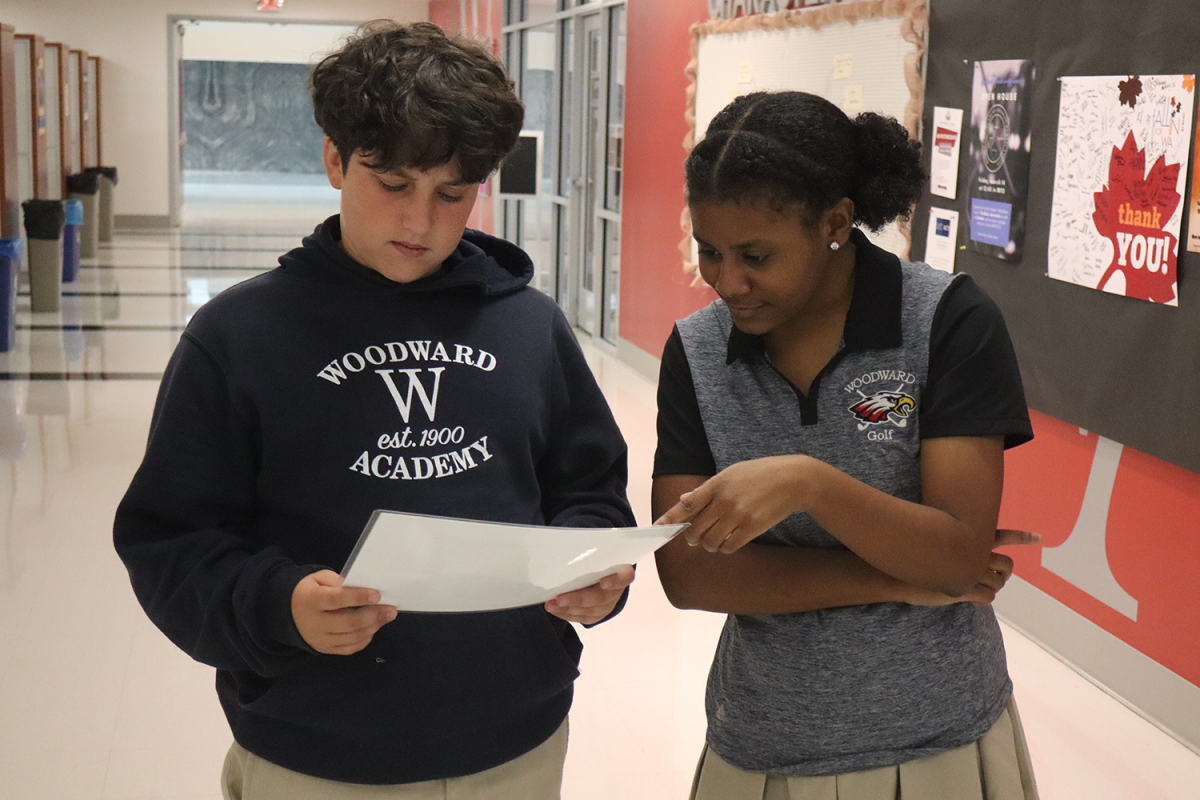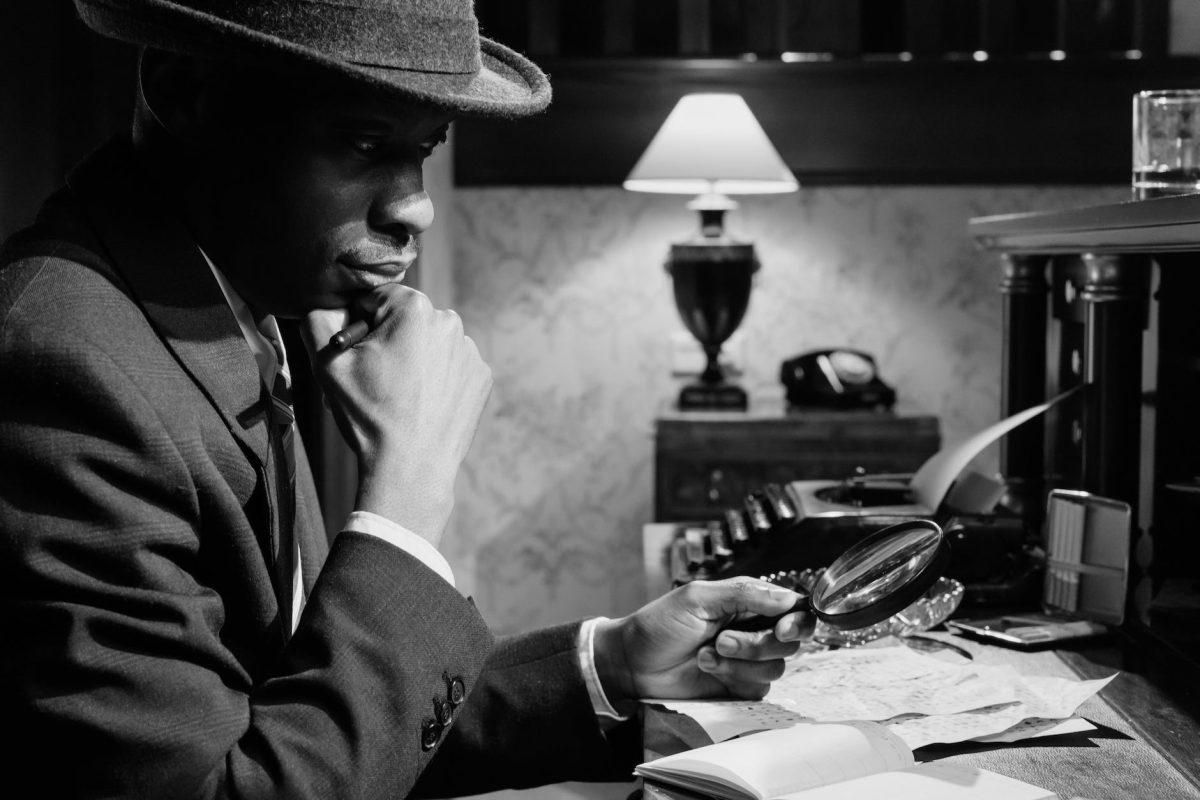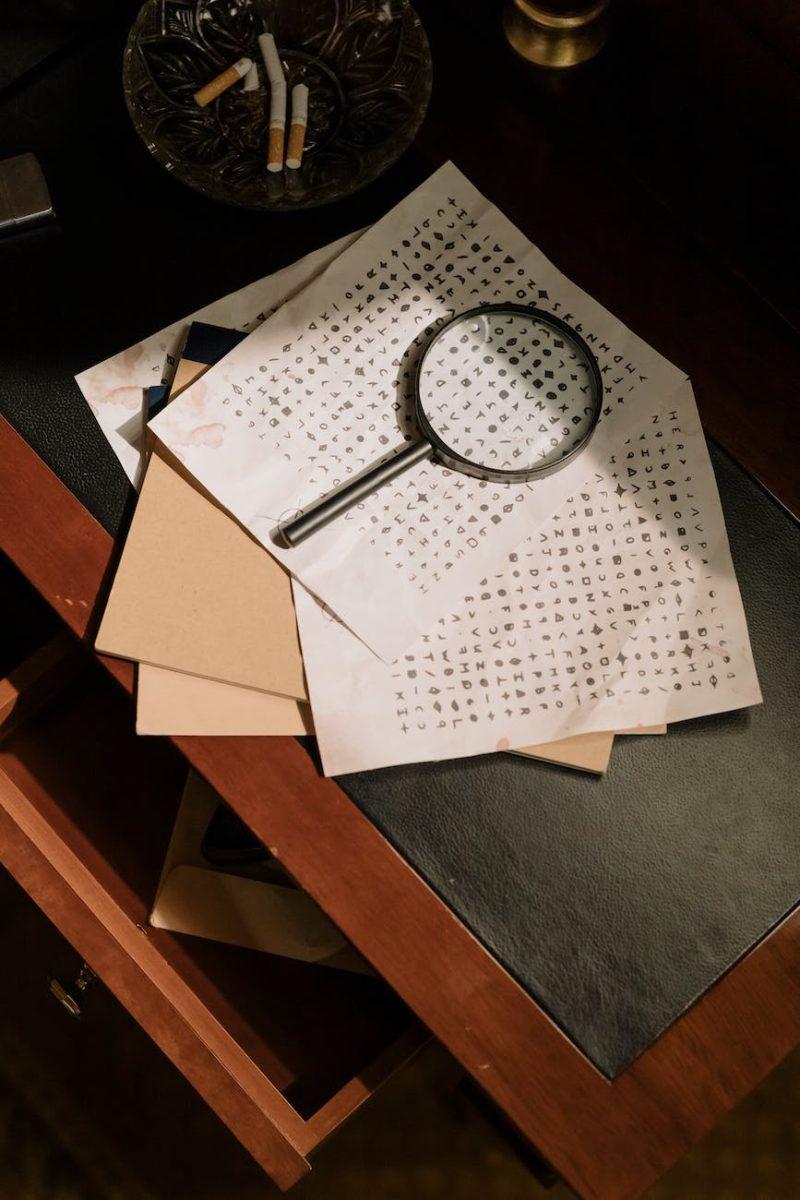For many students, phones are likely the most essential accessories to have on hand no matter where they are. Our phones provide direct contact with the outside world and those around us. They also help cure boredom, give students an escape, and allow us to express our creativity and ourselves online, whether on Tik Tok, Instagram, or Snapchat. However, our phones, our most vital accessory, have, according to a new Woodward Upper School policy, become a liability..
At the end of last year the Upper School Administration reviewed their pre-existing cell phone policy. The Dean’s office in conjunction with Dr. Merril chose to change the cell phone policy for the 2022-2023 school year. This new policy restricts the use of Cell phones in academic Buildings, in academic settings and during On the first day of school, returning and new students are greeted with a “cell phone” sleeve. While this was a change for current Upper-School students, students who were previously in the middle school during the 2020-2021 school year were familiar with this “sleeve”. Robby Bickerstaff-Davis ‘26, when asked in an interview about how the new cell phone policy compares with the Middle School,shared that this was the standard at the Middle School back in 2020.
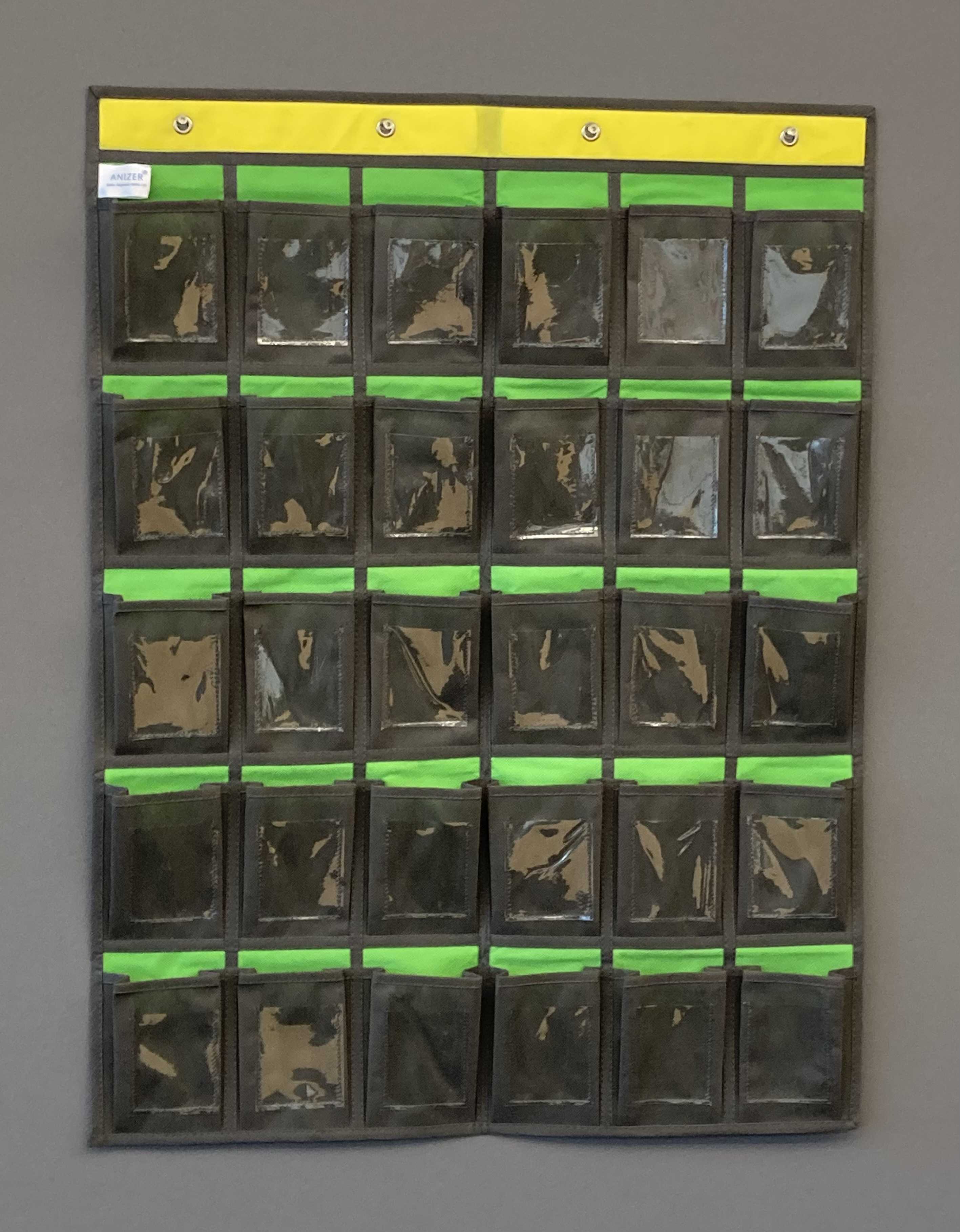
“Basically, you had to put it in your locker in eighth grade and it couldn’t leave, but in seventh grade we had to put it in a phone pouch,” Davis said.
Immediately after the first day back, those who run the WA memes account. However, while students did take to the comment section to voice their displeasure over the new policy, Ayse Ustaoglu ‘26 welcomed the fact that we can use our phones outside of class.
“I understand we can’t have it in class, but I think it’s nice that we can have it outside of buildings or in the cafeteria,” Ustaoglu said.
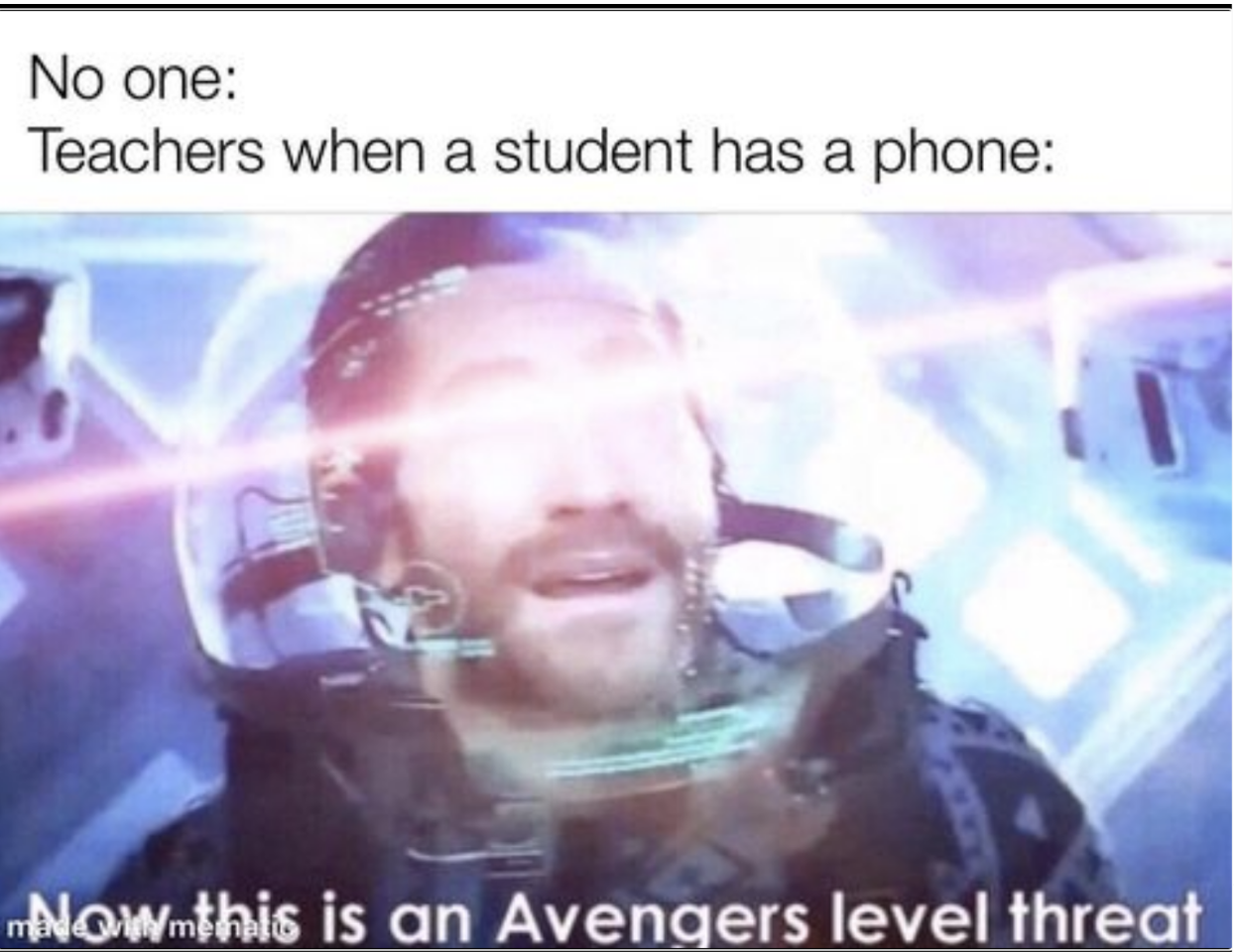
While the student population’s opinions may differ on the new cell phone policy, Dean Underwood in an interview explained why the policy was put in place.
“The big purpose was classroom management, we don’t want kids on their phones and using them inappropriately in the classroom, whether it be to help them on a test, we want to just ensure that there is an appropriate use of cell phones.” Underwood said.
Dean Underwood also shared why they decided to allow the use of cell phones outside of Academic buildings and outside of the 50-minute window that we have for class.
“We said we needed to enforce this,” Underwood said. “Then we looked at, okay, well, what about downtime? What about during classes? What about lunchtime? You know because obviously kids are on it. It kind of got to the point where it was hard to enforce it.”
The Dean’s office also came to the conclusion that regulating the use of cell phones outside of academic settings has become difficult to enforce especially when teachers are using their phones for the same purpose that students use them.
“It’s also hard to enforce it when adults are on campus using their phones in the exact same manner that students were using them,” Underwood said. “You know parents are texting students and students are texting parents, it’s just the way we communicate and the world is different than it was several years ago,” Underwood Said
If there is one common theme about the new policy it’s that the Upper School Administration has recognized that the student population uses phones now not just to cure boredom but also to communicate with the world around us. The new policy reflects the standard in most workplaces, and, in essence, the policy itself is preparing us for the one thing we know we will need to do at some point in our lives: being engaged and focused in the workplace.

